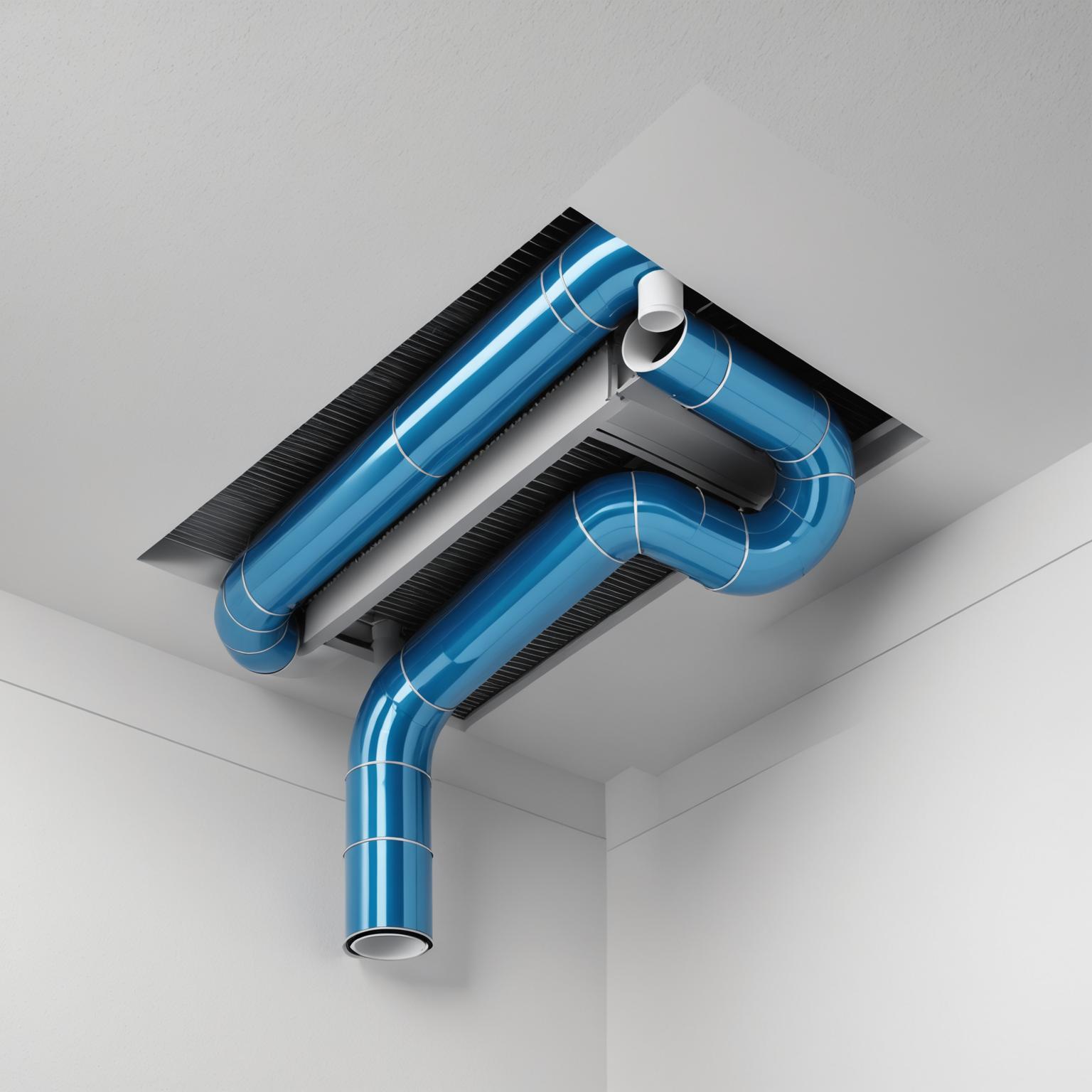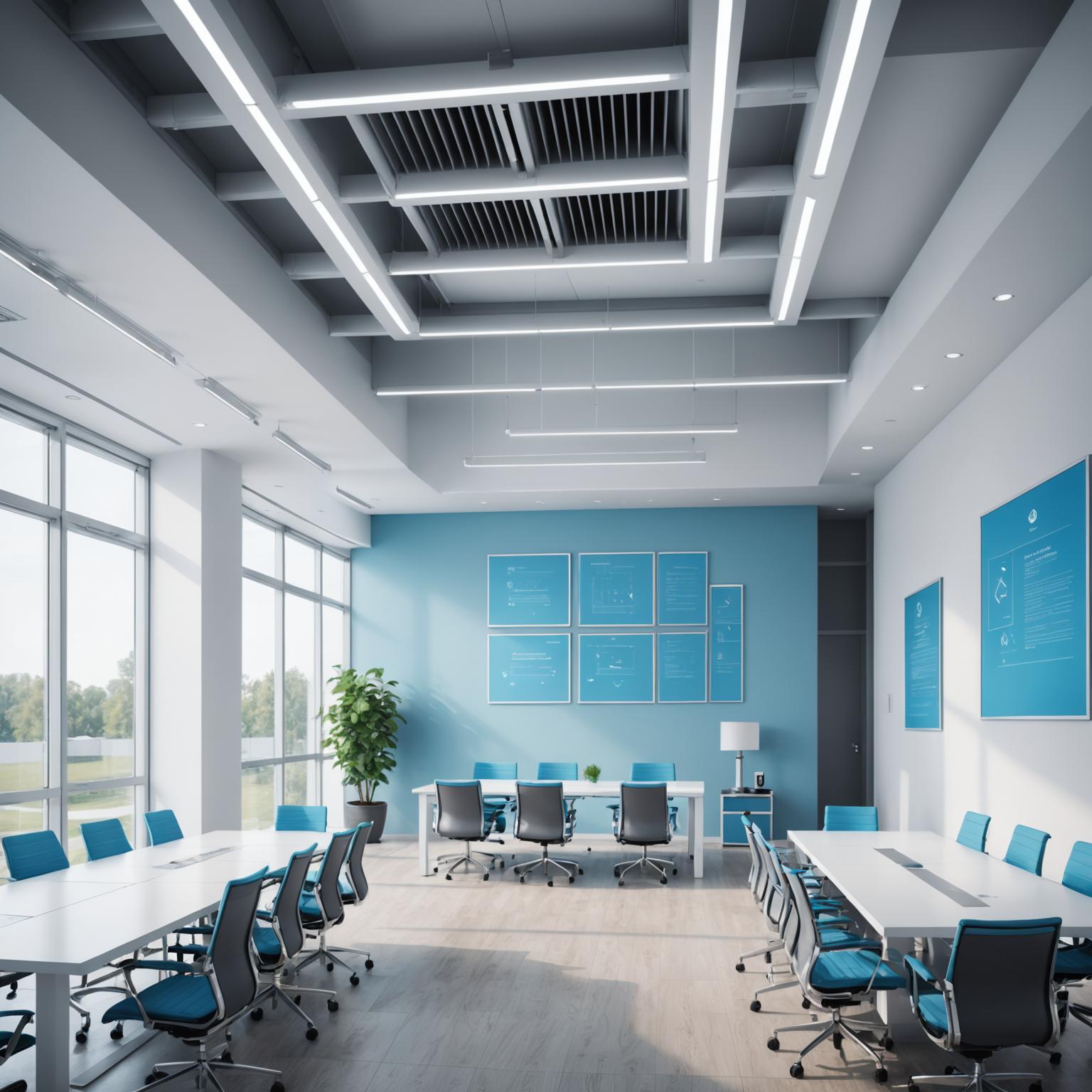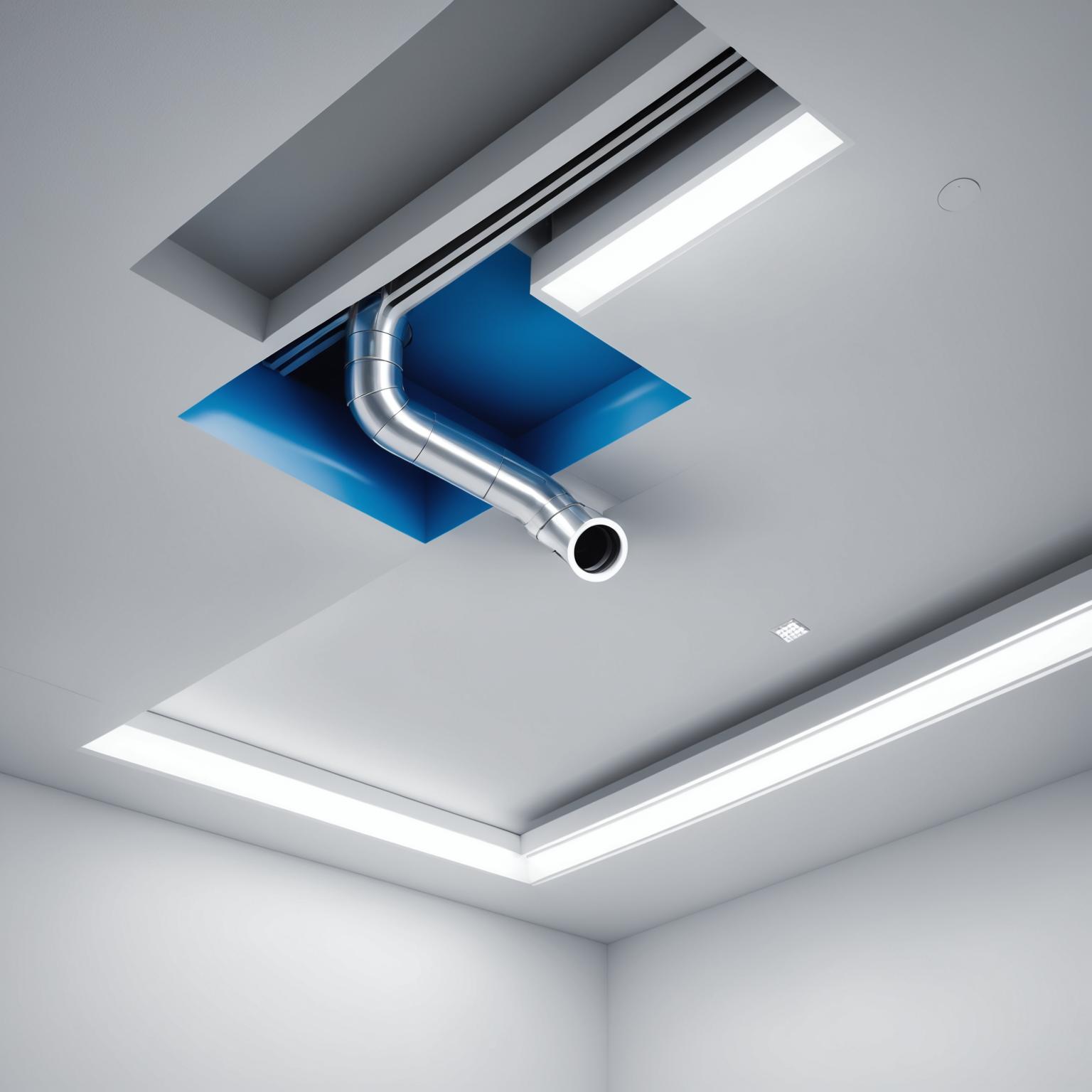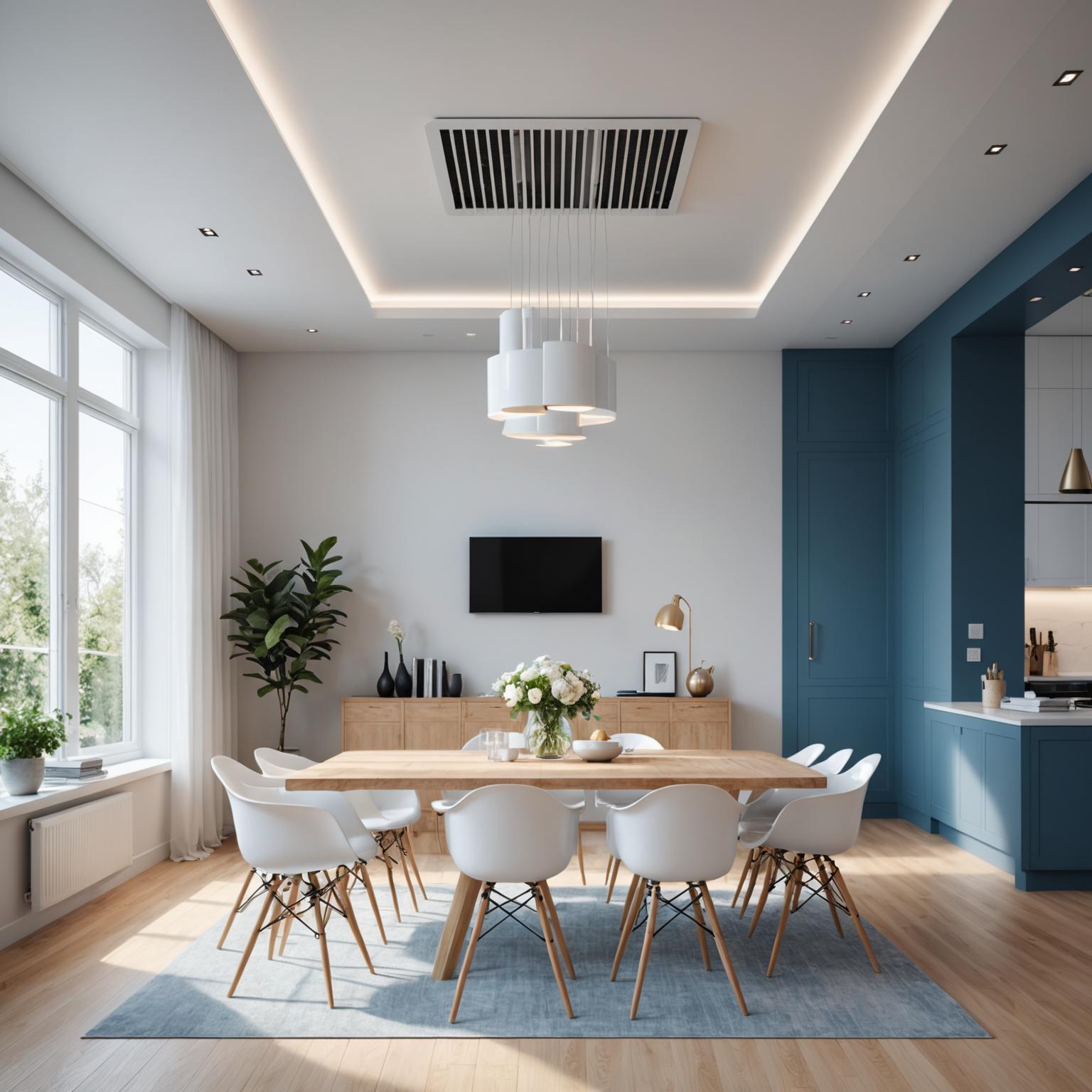In modern kitchens, maintaining a clean and healthy environment can be a significant challenge, especially with the constant cooking that produces smoke, odors, and grease buildup. This is where a ducted exhaust fan for kitchen comes into play, offering an effective way to improve air quality and ensure a more comfortable cooking space. Poor ventilation not only leads to lingering smells and moisture issues but can also contribute to health problems like respiratory irritation from airborne particles. As homeowners seek solutions to these everyday annoyances, understanding and addressing these issues becomes crucial for a better living experience.

Common Problems in Kitchen Ventilation
Kitchens are often hotspots for various ventilation-related issues that affect daily life. One major problem is the accumulation of grease and smoke particles, which can settle on surfaces and create a sticky residue that's difficult to clean. This not only makes maintenance a hassle but also poses a fire hazard over time. Another issue is the poor circulation of air, leading to high humidity levels that can promote mold growth and damage cabinets or walls. Additionally, without proper exhaust systems, harmful pollutants like carbon monoxide from gas stoves or volatile organic compounds from cooking oils can linger in the air, potentially causing long-term health effects such as allergies or asthma aggravation. These problems are exacerbated in smaller kitchens or those without windows, where stale air becomes trapped, making the space uncomfortable and uninviting. The inefficiency of traditional fans or open windows often fails to address these concerns adequately, leaving users frustrated with ineffective solutions that don't fully resolve the root causes.
The Ideal Solution: Ducted Exhaust Fans
To combat the challenges of kitchen ventilation, ducted exhaust fans provide a reliable and efficient answer. These systems work by drawing in polluted air and expelling it outside through a network of ducts, effectively removing contaminants at the source. For instance, a high-quality ducted exhaust fan can swiftly eliminate smoke and odors, preventing them from spreading to other areas of the home. This not only enhances indoor air quality but also reduces the risk of health issues associated with poor ventilation. By incorporating advanced features like variable speed settings, these fans allow users to adjust airflow based on cooking intensity, ensuring optimal performance without unnecessary noise. Moreover, their design focuses on energy efficiency, using less power than older models while still delivering powerful extraction, which helps in lowering utility bills and supporting eco-friendly practices.
Key Features and Benefits of Ducted Exhaust Fans
One of the standout aspects of a ducted exhaust fan for kitchen is its integration of innovative technology that makes it more than just a simple venting device. Constructed from durable, high-grade materials, these fans feature streamlined, aerodynamic contours for high-volume air flow with whisper-quiet operation, maintaining a peaceful atmosphere in your home. They often include multi-directional air distribution capabilities, ensuring that fresh air is circulated evenly and that pollutants are efficiently removed. Additionally, many models come equipped with smart controls accessible via a smartphone app, allowing for customized settings based on personal preferences or seasonal needs. This adaptability means you can schedule the fan to run during peak cooking times or integrate it with other smart home systems for a seamless experience. The benefits extend to improved energy efficiency, as these fans reduce overall consumption by optimizing airflow and minimizing waste. Homeowners also appreciate the aesthetic appeal, with designs that blend seamlessly into kitchen decor, promoting a modern and minimalistic look while enhancing the overall functionality of the space.
Installation and Maintenance Considerations
Installing a ducted exhaust fan for kitchen involves a few key steps to ensure it operates at its best. Professional installation is recommended to properly route the ducts and secure the unit, which helps in avoiding common pitfalls like leaks or inadequate venting. Once installed, regular maintenance is essential to keep the system running smoothly; this includes cleaning the filters periodically to prevent buildup of grease and dust, which could impede performance. Users should also check for any blockages in the ducts to maintain optimal airflow and efficiency. By following these practices, the longevity of the fan is extended, providing years of reliable service. Furthermore, the ease of maintenance contributes to the overall appeal, as it doesn't require extensive effort, making it a practical choice for busy households.
Long-Term Advantages and Conclusion
In the long run, investing in a ducted exhaust fan not only solves immediate ventilation problems but also contributes to a healthier and more sustainable living environment. By effectively managing air quality, these systems help in creating a space that's free from pollutants, thereby supporting better health outcomes for families. The reduction in energy costs and the promotion of eco-friendly practices align with modern sustainability goals, making it a wise choice for environmentally conscious consumers. Ultimately, by addressing the core issues of kitchen ventilation through innovative solutions like ducted exhaust fans, homeowners can enjoy a cleaner, safer, and more enjoyable cooking experience, transforming their kitchens into welcoming hubs of activity.








